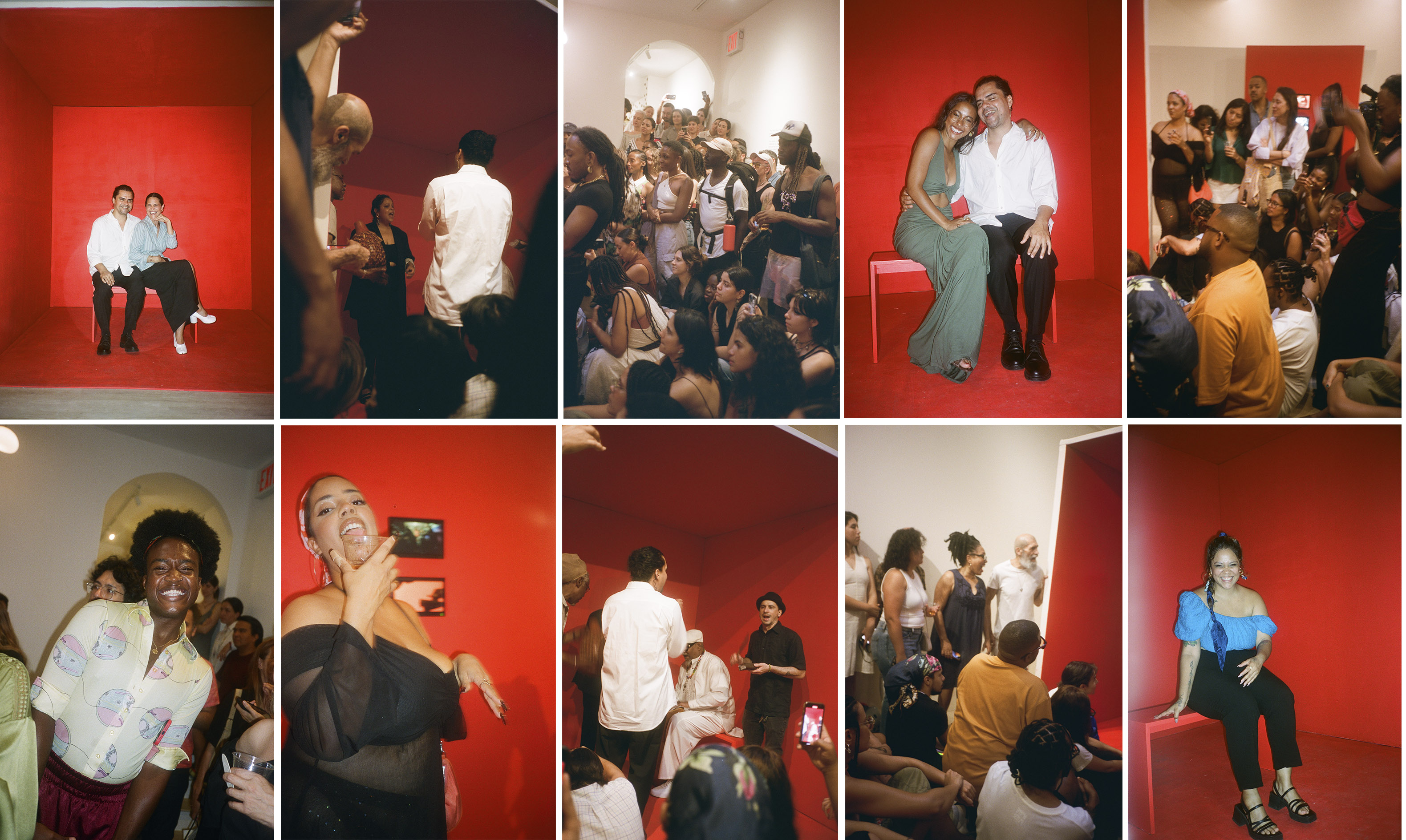The Voice Does Go Up is a multimedia installation and a performance device that explores the various dimensions and potentials of the human voice. It combines video, sound, and live performances.
These scenarios feature collective assemblages, where the voice is showcased through its gestural and material qualities instead of merely relying on the sonic. By emphasizing the voice's role in music, the installation aims to reveal its most captivating and enchanting traits.
The sound piece included in the installation offers a deeper reflection on the transcendent aspects of the voice, going beyond our everyday understanding and perception of it. It seeks to overcome the ordinary relationship we have with our voices and explores the voice's potential for transcendent, transformative experiences.
The performance device serves as a grounding structure within which the sonic materiality of the voice is intensified. Camila Falquez and Luis Rincón Alba, will offer a series of specially designed performance pieces that take place within the installation space. These performances aim to further highlight the power and expressive range of the voice.
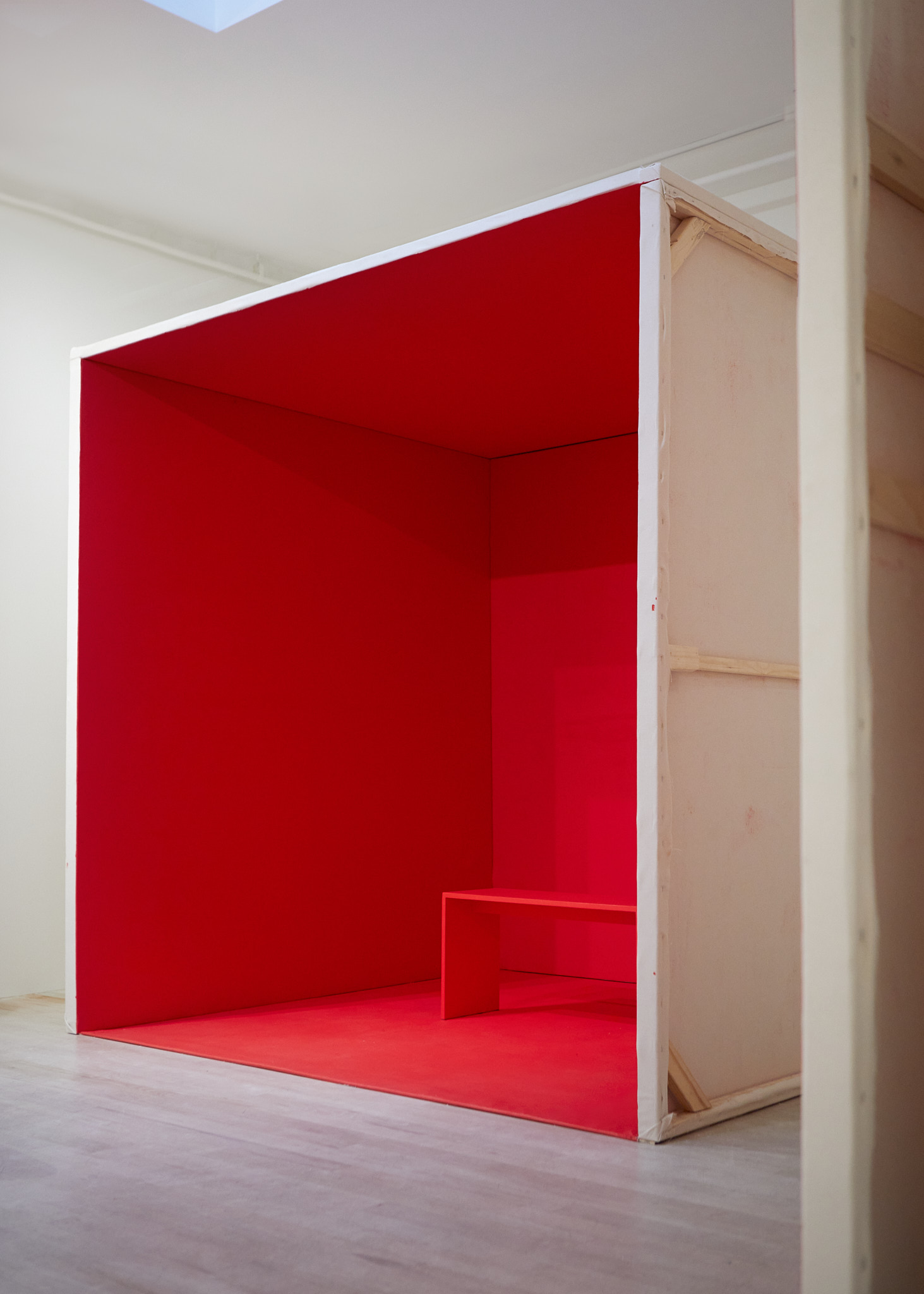
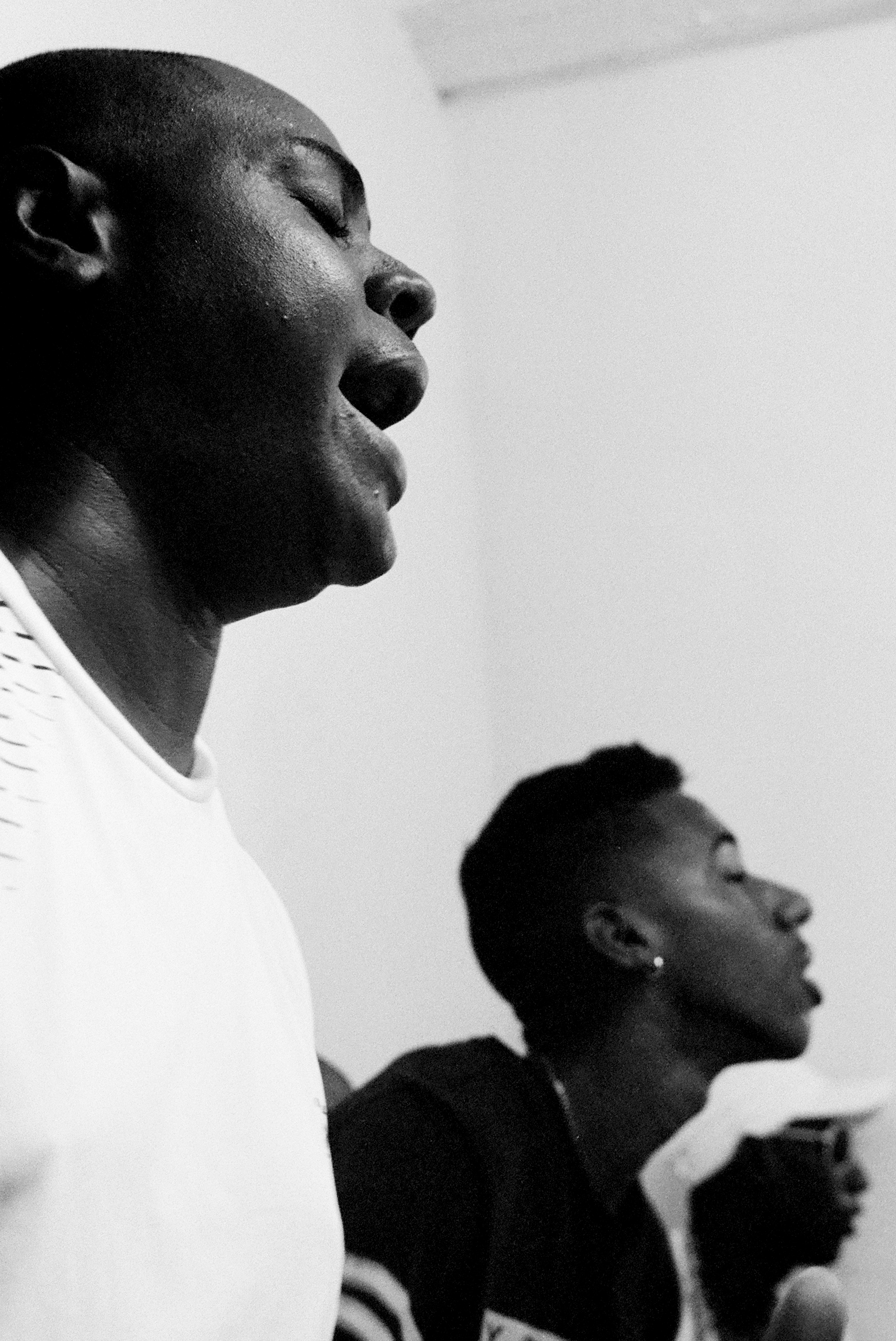
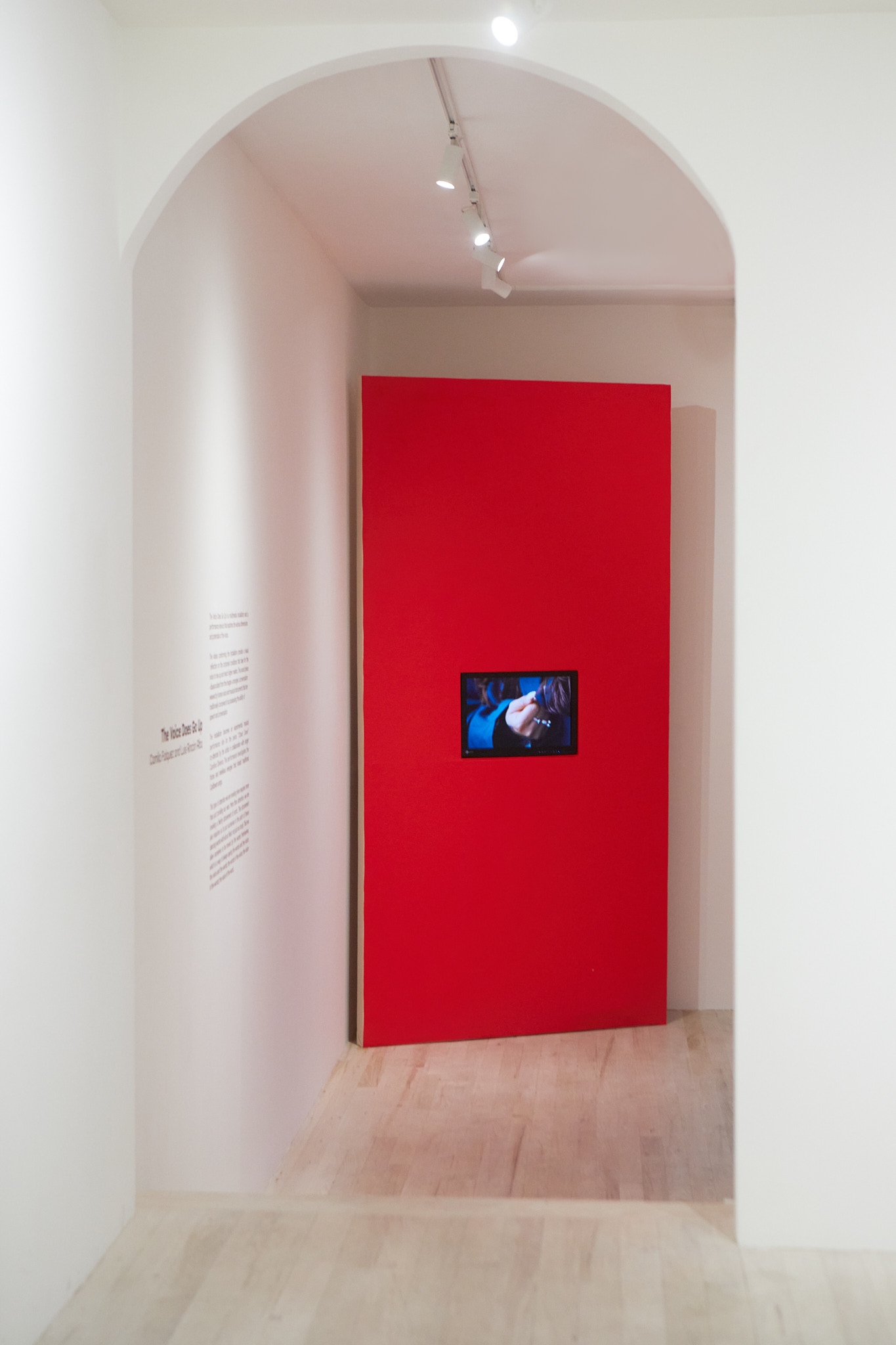
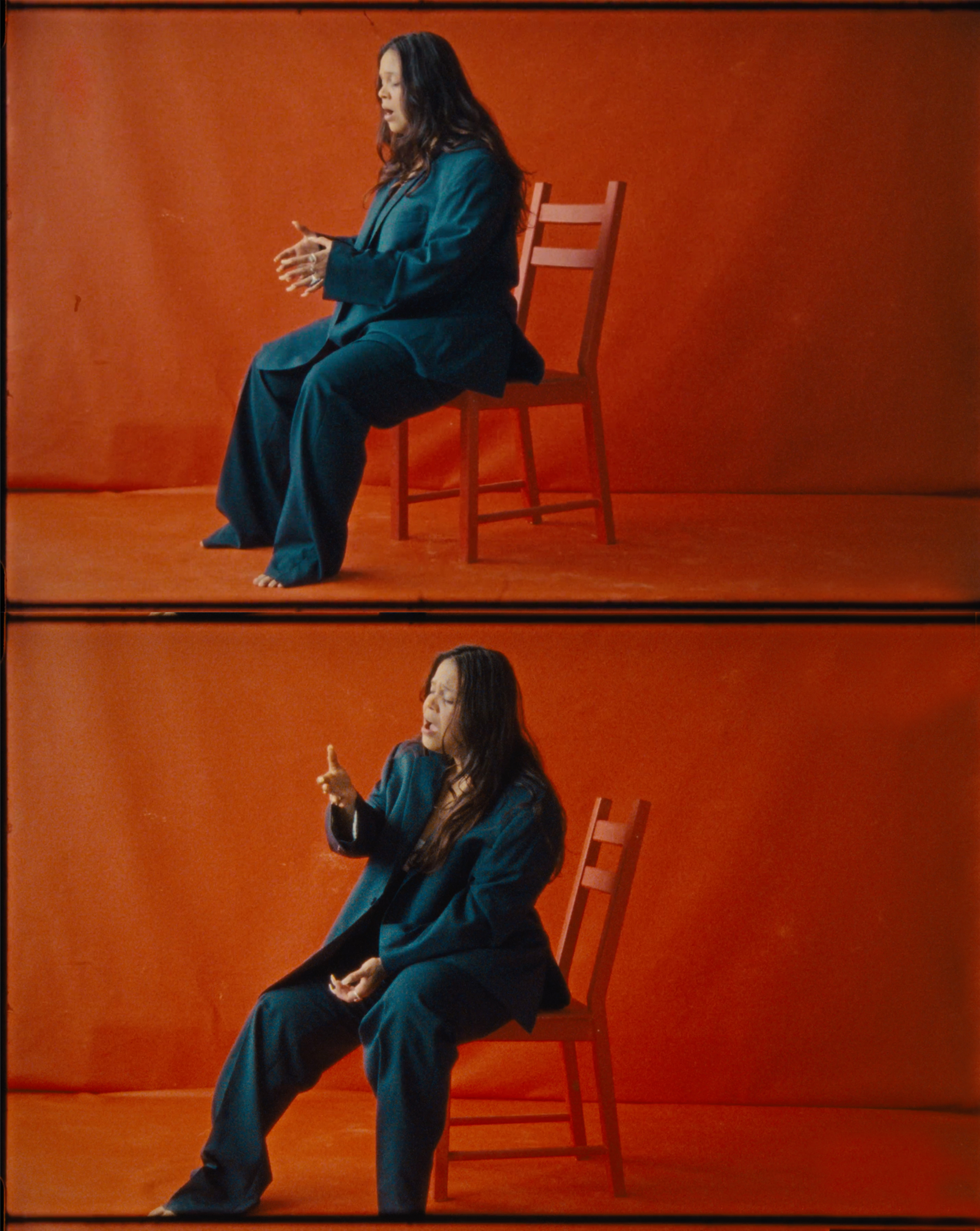
“The voice does go up in a poem. It is an address, even if it is to oneself.”
Derek Walcott
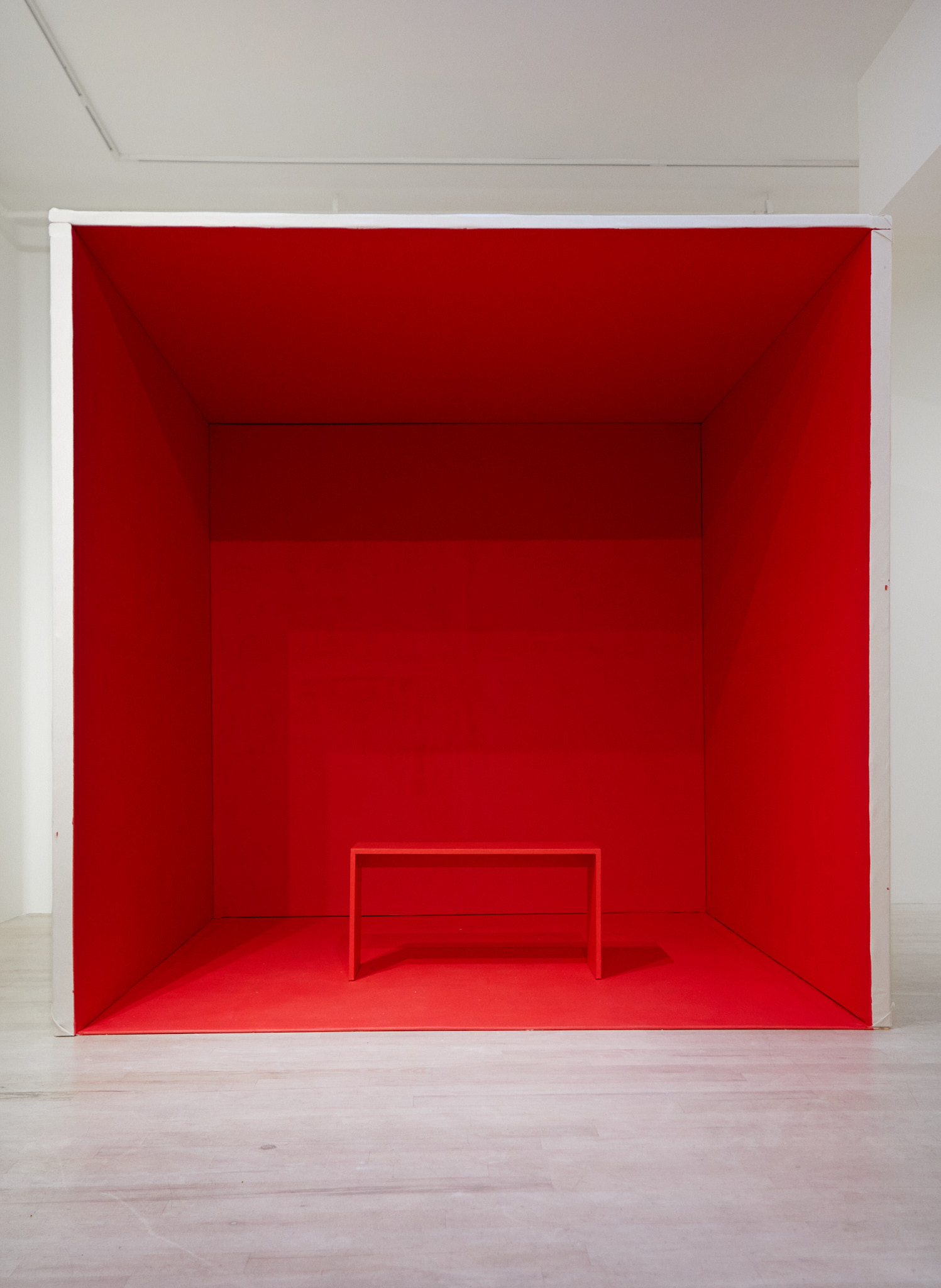
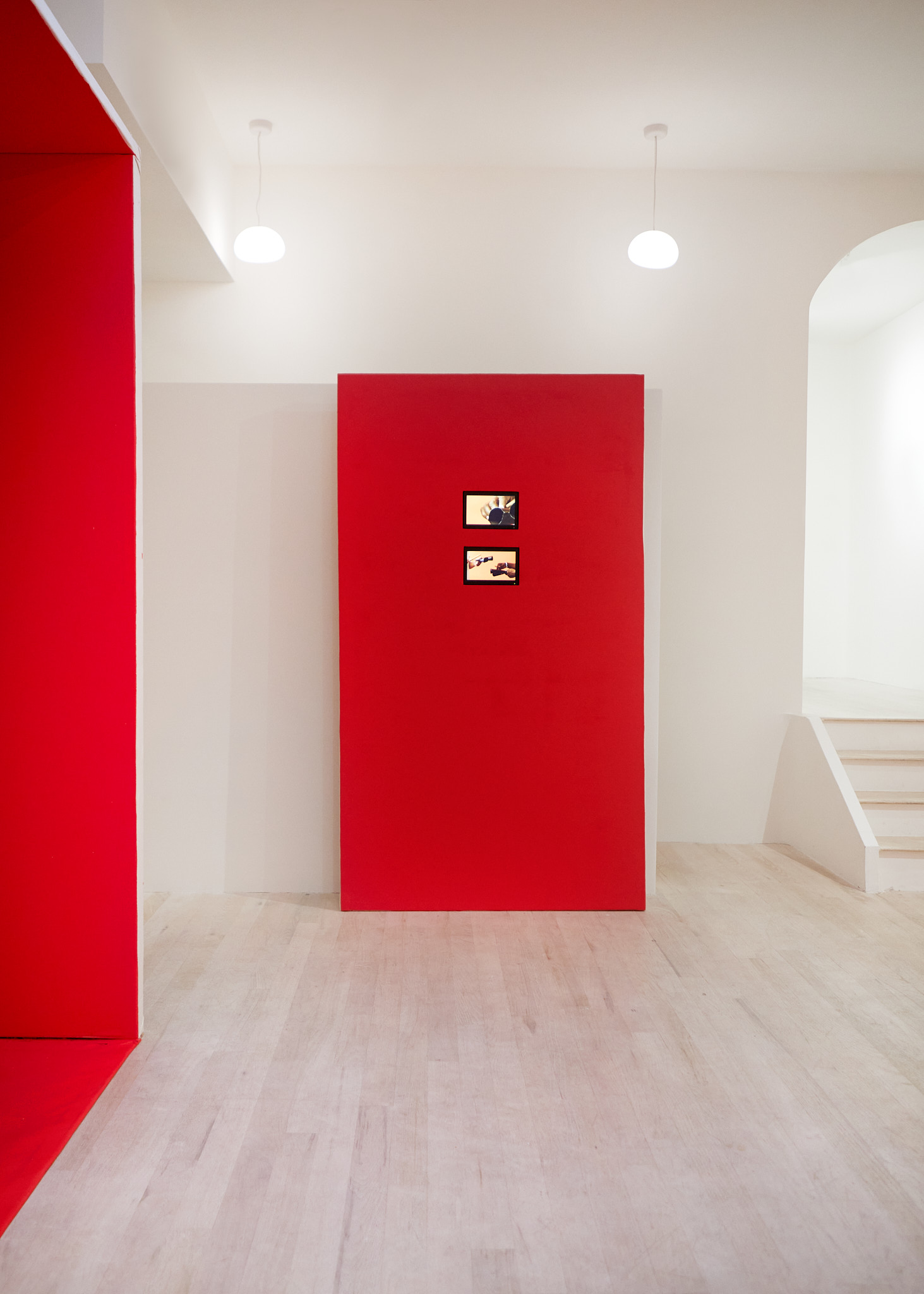
There are two types of videos in the exhibition, each offering unique perspectives. The first type comprises videos captured during fieldwork in Cuba and New Orleans, documenting vibrant religious and carnival celebrations where the charismatic power of the singing voice leads intimate gatherings. These videos provide viewers with the privilege of witnessing the bodily mastery required to channel specific vocal techniques that are believed to summon mystical forces. In contrast, the second type features studio-recorded video. Set within a controlled environment, these videos examine the intricate process behind producing such ascending voices. Singers and musicians hailing from the Caribbean diaspora and currently residing in New York, demonstrate how the body contorts, twists, and reshapes itself to achieve vocal strength. The central video features Colombian-born singer Carolina Oliveros.
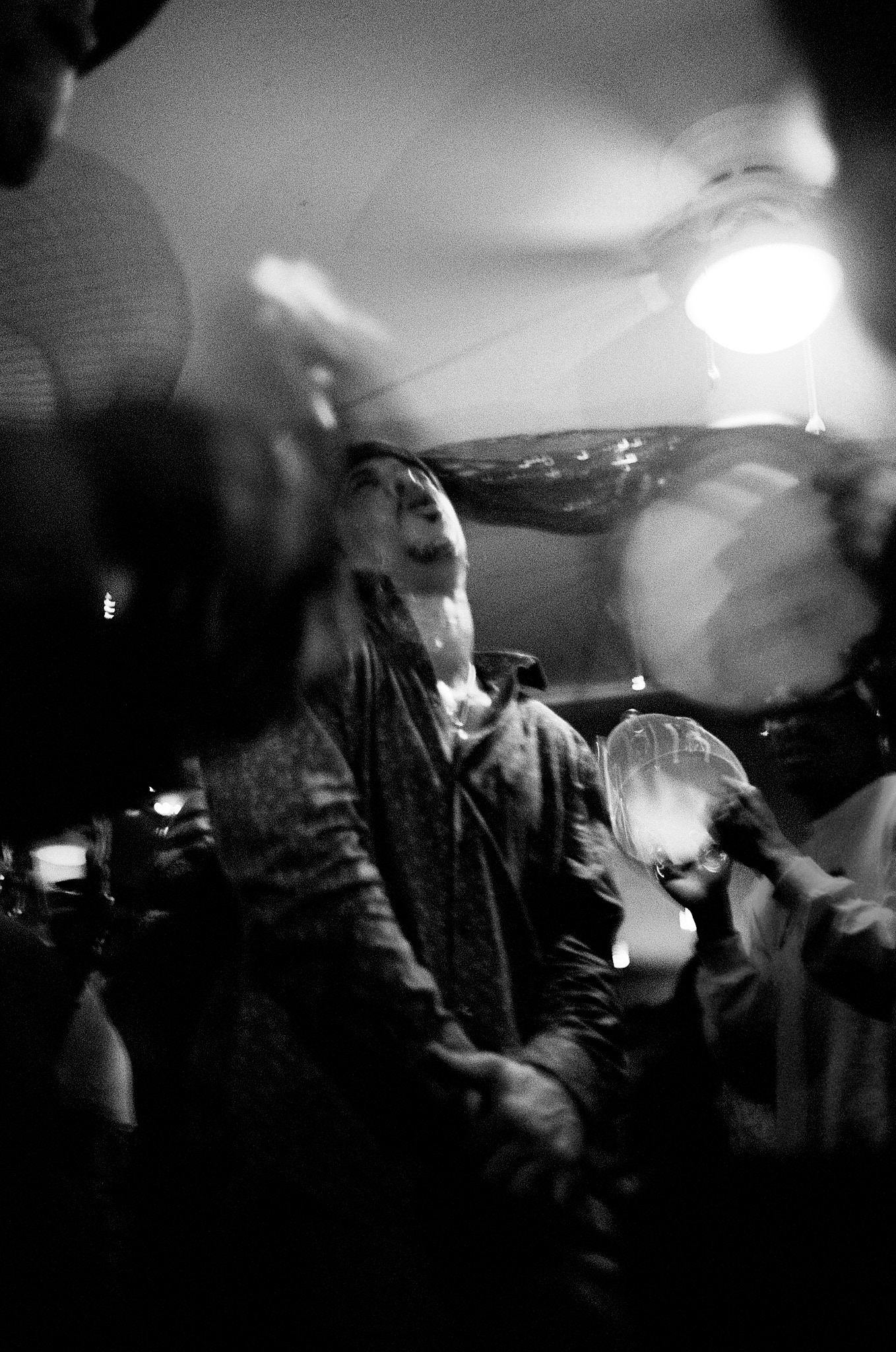
The sound piece in the performance site offers a deeper reflection on the transcendent aspects of the voice, overcoming the ordinary relationship we have with our voices and exploring its transformative potential in individual and communal experience.
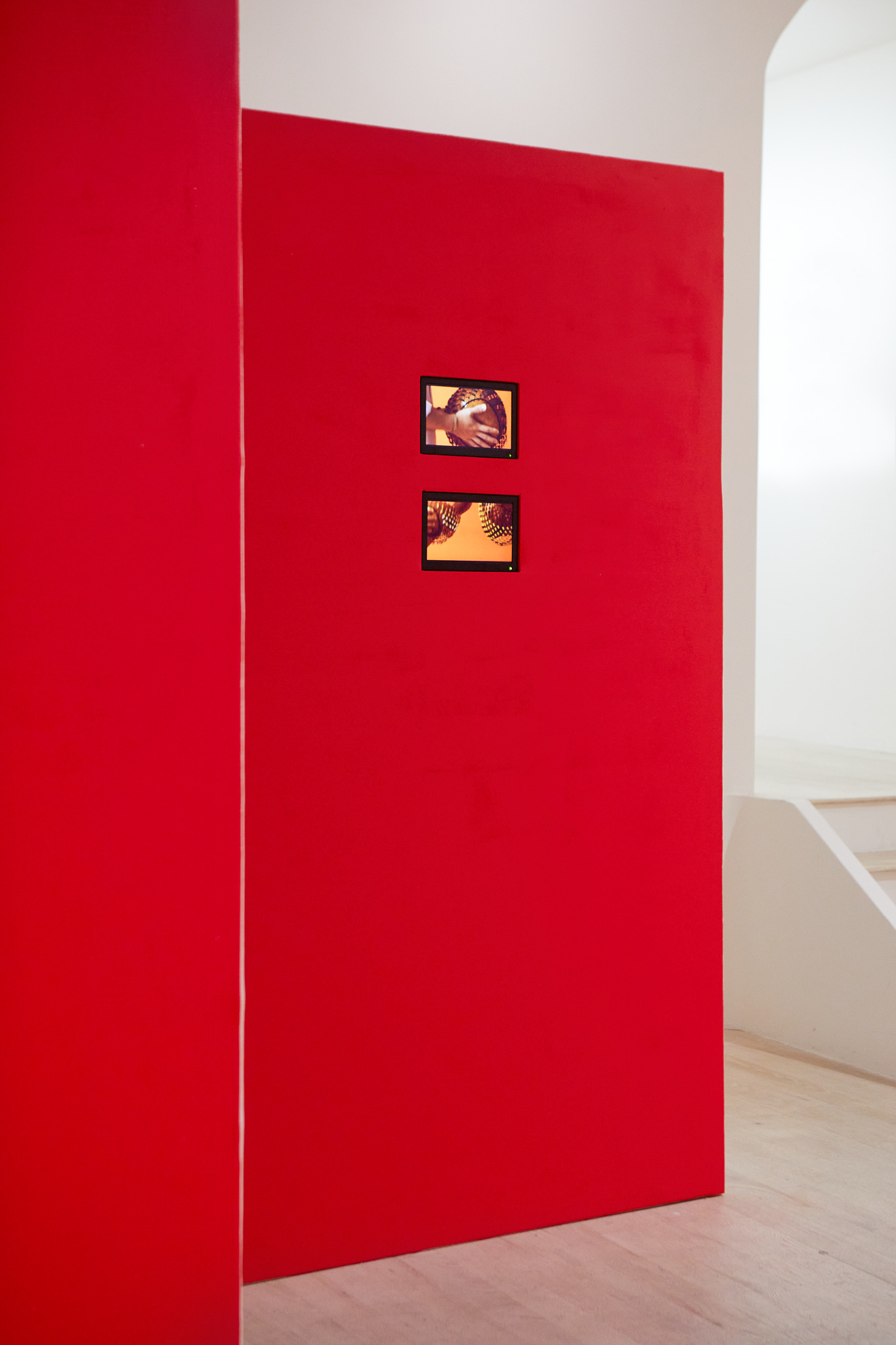
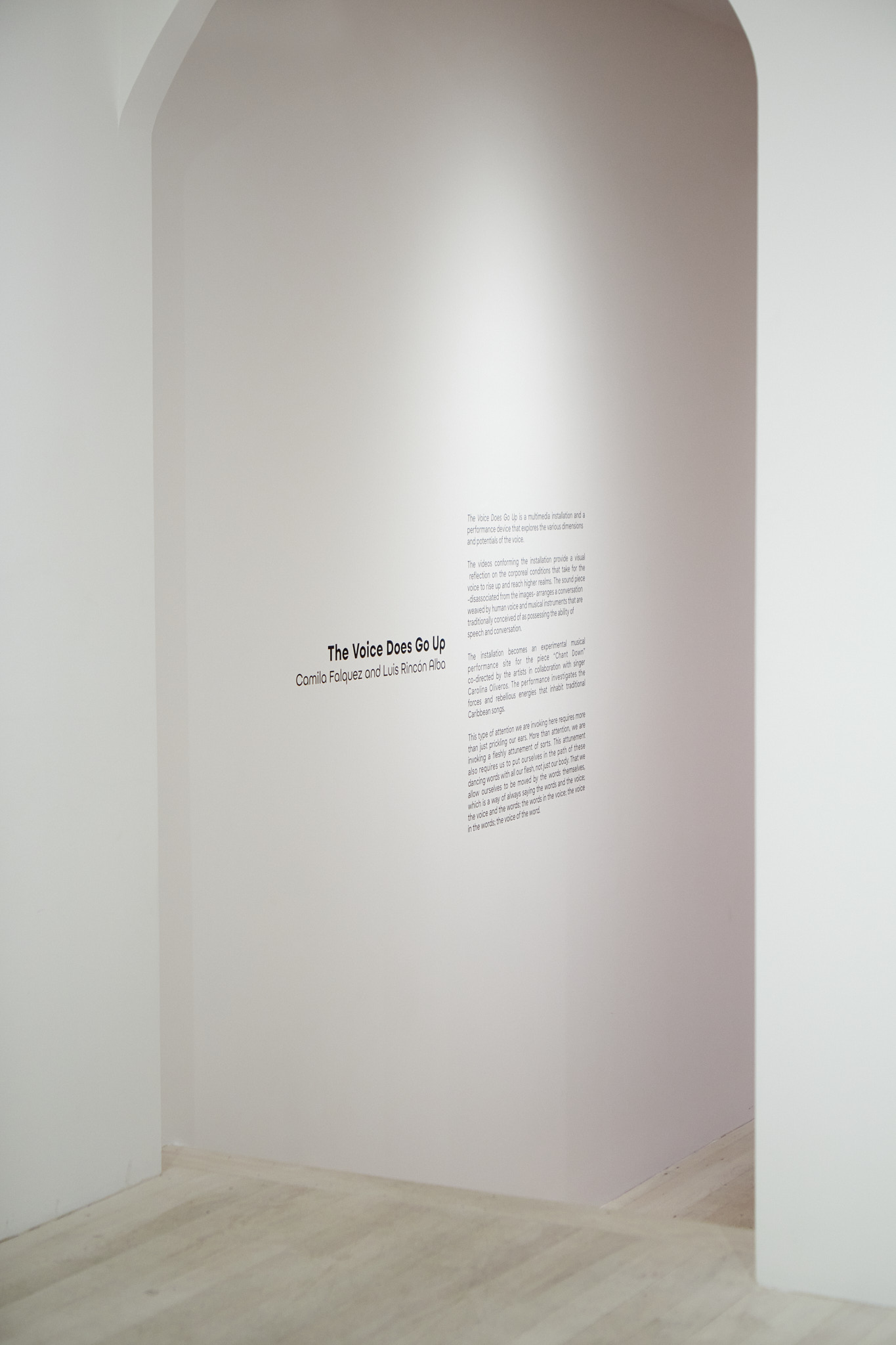
“More than attention, we are invoking here a fleshly attunement of sorts. This attunement also requires us to put ourselves in the path of these dancing words with all our flesh, not just our body. That we allow ourselves to be moved by the words themselves, which is a way of always saying the words and the voice; the voice and the words; the words in the voice; the voice in the words; the voice of the word.”
